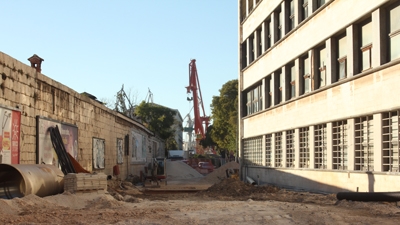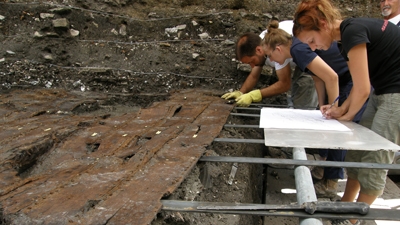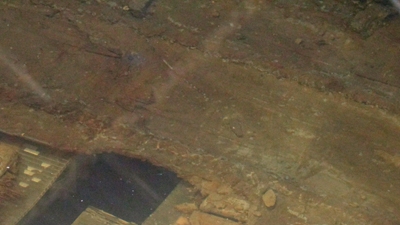The town of Pula, on Croatia’s Adriatic Coast, is an archeological hotspot. Evidence of a rich and ancient history is on display around the city - including a Roman amphitheater from the 1st century A.D., the 2nd century A.D. Twin Gates, and the 13th century A.D. Church of St. Francis.
These treasures that dot the streets of Pula are perhaps matched only by those that have yet to be discovered beneath the city. With nearly every infrastructure project begun in the city unearthing a new archeological find, construction teams working in Pula are accustomed to integrating preservation components into their projects. Although common, every discovery made during one of these projects is nonetheless met with enthusiasm, bringing with it the hope that something new can be gleaned about the past from each find.
Such was the case when a team working with the World Bank on the Second Coastal Cities Pollution Control Project began digging up a street in order to install a new waste water collection system near the city center. The project, designed to modernize the sewage system along the country’s seacoast in order to reduce pollutants from entering the sea and improve wastewater management, broke ground in 2007.
“We started the coastal collector seafront project in Flacius street in 2007,” says Vedrana Rakovac, project lead from the Pula Herkulanea utility company. “We thought that there would be no surprises in Flacius street because we had already started construction there. But something unexpected happened - for both us and our archeologist colleagues.”
Video: Learn more about this discovery





